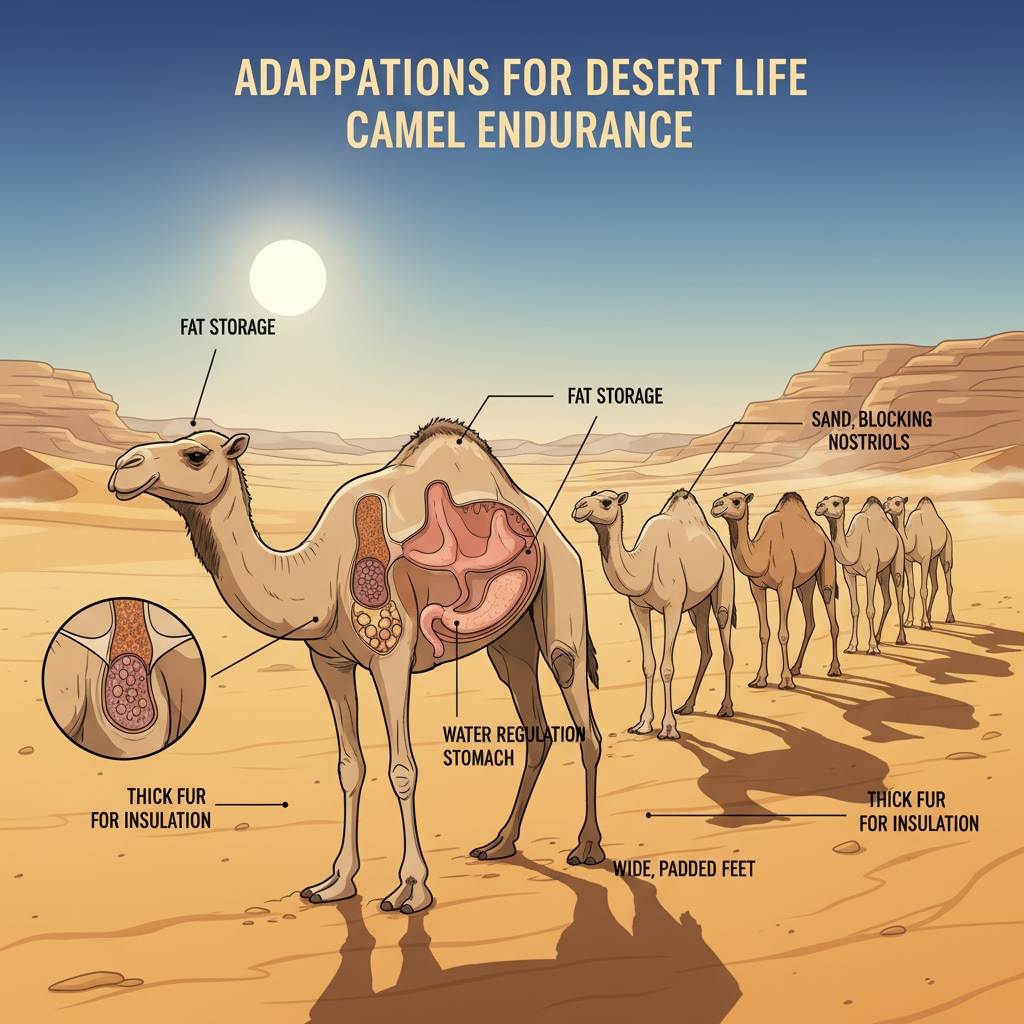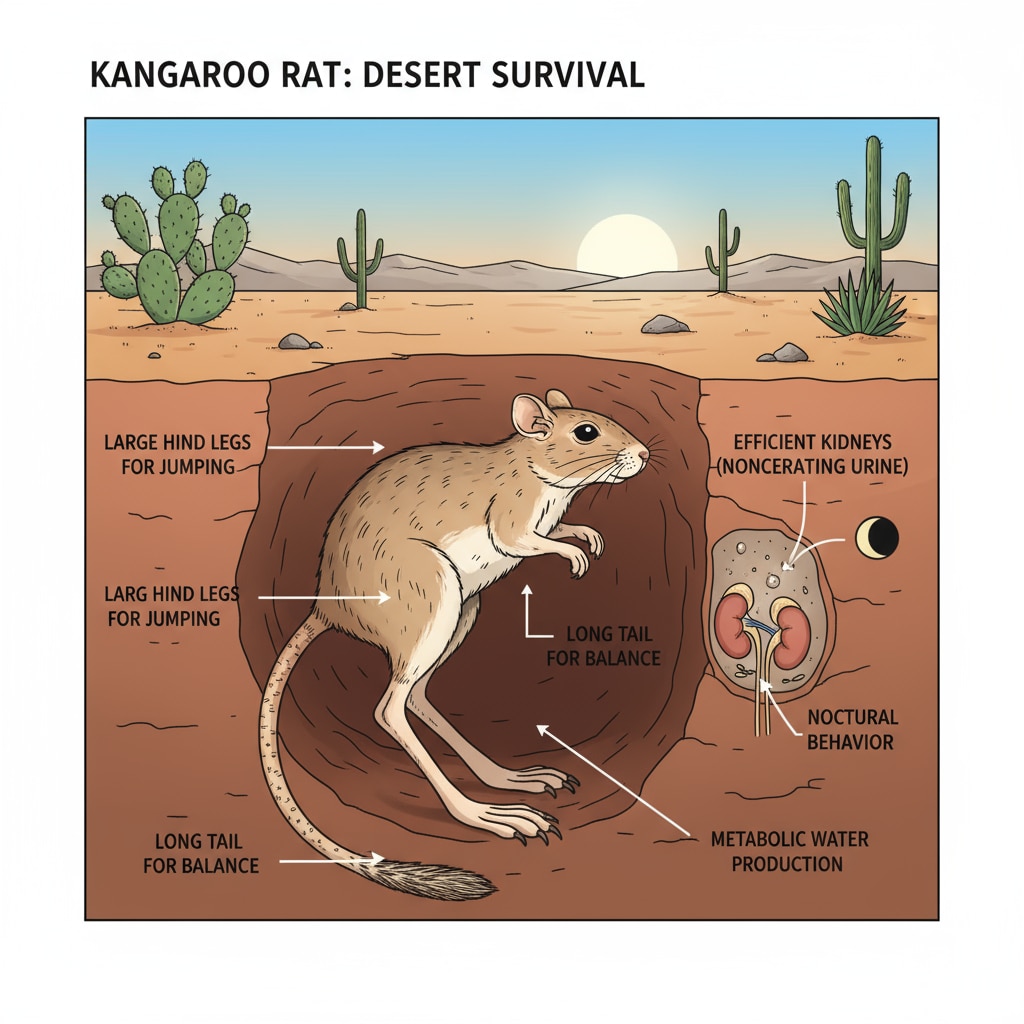Desert animals, with their astonishing survival adaptations shaped by evolution, offer a fascinating subject in the realm of biology. These remarkable creatures have developed unique ways to thrive in one of the harshest environments on Earth.

The Wonders of Desert Animal Adaptations
Desert animals have evolved a plethora of adaptations to cope with the extreme heat, lack of water, and scarce food resources. For example, the camel is a prime example of a desert survivor. Its humps store fat, which can be broken down into water and energy during long periods without food or water. This adaptation allows camels to travel great distances across the desert. Another amazing adaptation is seen in the kangaroo rat. It has highly efficient kidneys that can produce extremely concentrated urine, minimizing water loss. In addition, it spends the hot daytime hours in cool burrows, emerging at night to forage for seeds. Desert Ecosystem on Wikipedia

Evolutionary Drivers of Survival
The harsh desert environment has been the main driver of evolution for these animals. Over time, those with traits that helped them survive in the desert were more likely to reproduce and pass on their genes. For instance, some desert lizards have developed light-colored skin, which reflects sunlight and helps them stay cool. This adaptation gives them an advantage in the scorching desert heat. Natural selection has played a crucial role in shaping these survival adaptations. Evolution on Britannica
These desert animals’ survival adaptations are not only a wonder of nature but also valuable teaching tools in K12 science education. They can inspire students to explore the mysteries of evolution and understand the importance of adapting to different environments. By studying these “natural miracles,” students can develop a deeper appreciation for the complexity of life on Earth.
Readability guidance: The content uses short paragraphs and lists to summarize key points. Each H2 section provides relevant examples. The proportion of passive voice and long sentences is controlled, and transition words are added throughout the text for better flow.


